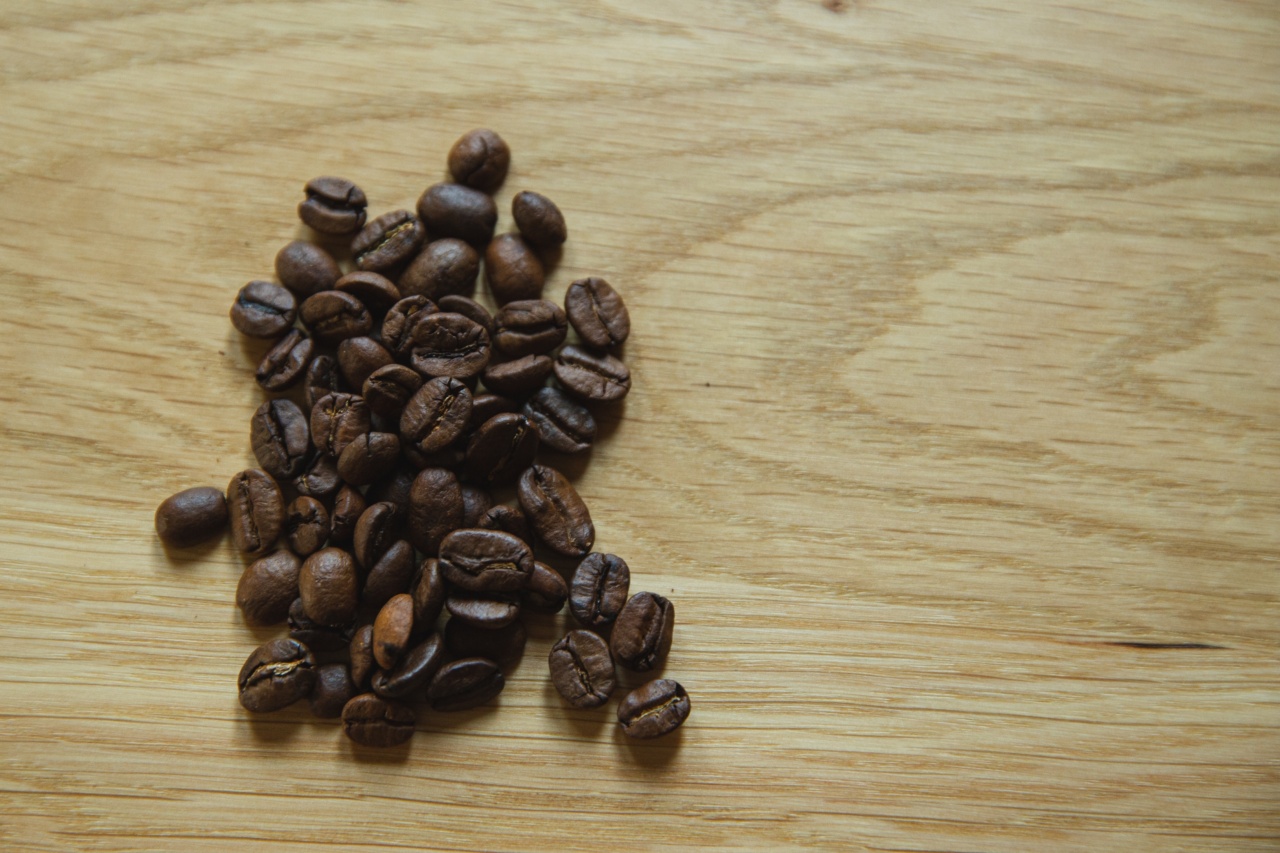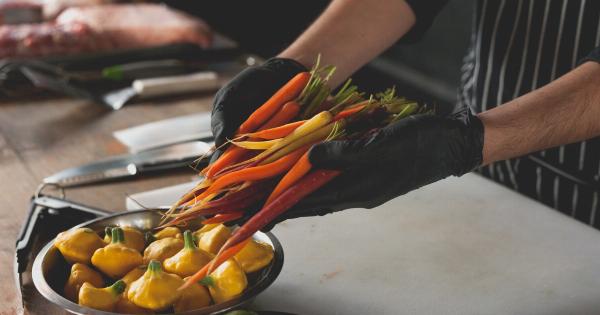Defrosting food may seem like a simple task, but many of us unknowingly make mistakes that can impact the quality and safety of our meals.
Whether you are defrosting meat, vegetables, or leftovers, it is important to follow the correct procedures to ensure your food remains delicious and safe to consume. In this article, we will explore the top defrosting mistakes we all make with our food and provide you with essential tips to avoid them.
1. Defrosting at Room Temperature
One common mistake is defrosting food at room temperature. Leaving food out on the countertop can promote bacterial growth, which can lead to foodborne illnesses.
Instead, it is advisable to defrost food in the refrigerator, which allows the food to thaw slowly and safely.
2. Defrosting in Hot Water
Another mistake is using hot water to defrost food. While it may seem like a faster option, hot water can cook the outer layers of the food while leaving the inside frozen. This uneven thawing can lead to potential food safety risks.
It is best to use cold water or the refrigerator for defrosting.
3. Defrosting on the Countertop
Defrosting food on the countertop can expose it to unsafe temperatures for an extended period. Bacteria can grow rapidly in the outer layers while the inner portions remain frozen. This can compromise the quality and safety of the food.
Always opt for defrosting in the refrigerator to maintain proper temperature control.
4. Defrosting in the Microwave
Although using the microwave for defrosting is a convenient option, it can result in uneven thawing. The microwave tends to thaw the outer portions of the food faster while leaving the center partially frozen.
Additionally, some microwaves have a defrost setting that uses a low power level to prevent cooking the food, but it may still lead to inconsistent thawing. It is better to use the refrigerator or cold water for thorough and even defrosting.
5. Refreezing Previously Defrosted Food
Once you have defrosted food, it is crucial not to refreeze it if it has been left at room temperature for too long.
Bacteria can multiply rapidly at room temperature, and refreezing the food without cooking it first will not eliminate these harmful microorganisms. It is recommended to cook the defrosted food thoroughly before considering freezing it again.
6. Ignoring Safe Thawing Timelines
It is important to be mindful of safe thawing timelines to prevent food spoilage and waste. Leaving food to thaw for too long in the refrigerator can make it susceptible to spoilage, while defrosting at room temperature can invite bacterial growth.
It is recommended to follow the recommendations provided by food safety guidelines to ensure proper thawing.
7. Not Using Proper Packaging
Using improper packaging during defrosting can result in a loss of quality and flavor. Air-tight packaging helps retain moisture and prevents freezer burn.
Plastic bags or containers designed for freezer use are ideal for preserving the quality of thawed food. Avoid using non-freezer-safe packaging that can leak or allow air to enter, leading to a deterioration in texture and taste.
8. Defrosting Large Portions at Once
Defrosting large portions of food at once can increase the risk of bacterial growth. Larger pieces take longer to thaw, and the outer layers might reach unsafe temperatures while the core remains frozen.
Consider portioning the food into smaller pieces before defrosting to ensure even and faster thawing.
9. Neglecting to Use a Food Thermometer
Using a food thermometer is essential to ensure the safety of defrosted food, especially meat and poultry.
Even though the texture and appearance of defrosted food may seem safe, it may not have reached the recommended internal temperature to kill harmful bacteria. Always use a food thermometer to verify the correct temperature has been achieved.
10. Rushing the Thawing Process
One of the biggest mistakes many of us make is rushing the thawing process. It is important to plan ahead and allow sufficient time for proper defrosting.
Trying to defrost food quickly can lead to partial thawing, uneven texture, and even the growth of pathogens. Patience is key when it comes to defrosting food safely and effectively.



























